Facial Paralysis
- Home
- Facial Paralysis
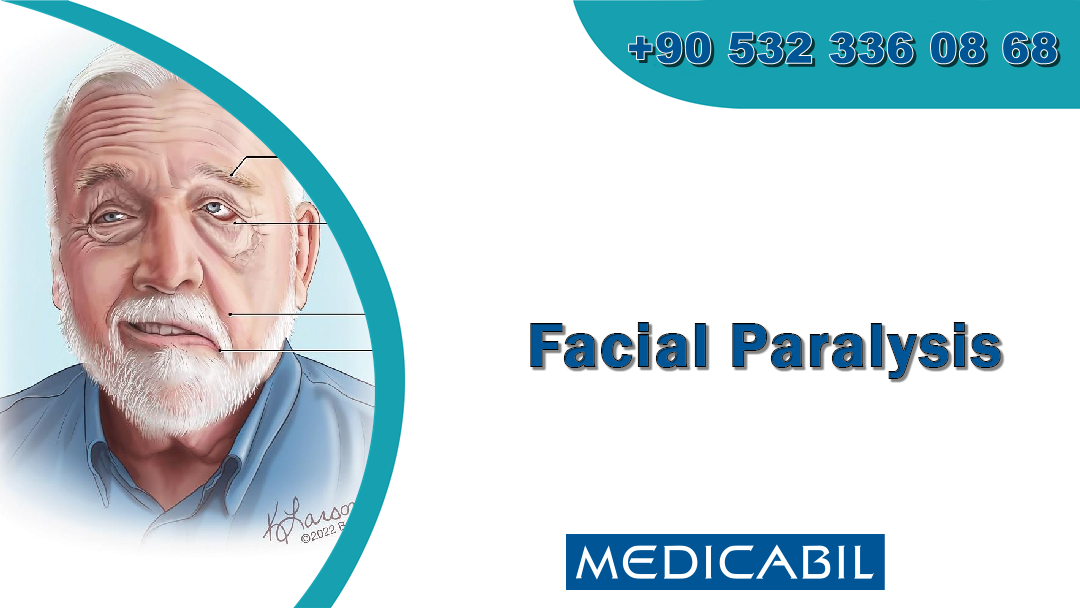
Facial twitching, weakness or immobility are signs of a disease involving the facial nerve. Abnormal movements or paralysis of the face can occur due to an infection, injury, or tumor, and the cause must be investigated. A specialist in otolaryngology studied diseases and treatment of the facial nerve.
What Is Facial Nerve?
The facial nerve is similar to a telephone cable and contains 10,000 different nerve fibers. 7,000 of them go to the Islanders. Facial muscle movements: each fiber carries electrical impulses for the facial muscle. The information carried by the fibers of this nerve allows us to laugh, cry, smile or frown, and therefore it is the nerve that provides the expression of the face. If blocking occurs in half or more of these nerve fibers, weakness occurs in the face. If these nerve fibers are stimulated, movements in the facial muscles in the form of spasms or twitches occur. Hearing: it carries warnings to the stirrup bone muscle in the middle ear. It provides the taste sense of the front of the tongue. Because facial nerve functions are very complex, many symptoms occur if their fibers are damaged. A disease of the facial nerve can result in facial twitching, weakness or paralysis, dryness in the eye or mouth, or a change in taste.
How Does It Work?
The facial nerve passes through the base of the head to reach the facial mimic muscles from the brain. After leaving the brain, it enters the bone where the ear is settled, and it passes through a canal (the inner ear tract) located in this bone in a very close relationship with the nerves of hearing and balance. This channel extends within 4 cm. along the facial nerve circulates around three middle ear bones. It passes through the bone behind the eardrum and then behind the ear. After passing this bone, the facial nerve passes through the salivary gland (parotid gland) located on the face and is divided into many branches that lead to different facial muscles. As the facial nerve travels through the bone, it gives many branches to the tear gland, the stirrup muscle, the tongue (for a sense of taste), and the salivary gland.
Sudden Facial Paralysis
The disease, also called’ lumbar paralysis', is probably caused by the body's reaction to a virus. The part of the facial nerve inside the bone swells, and pressure damages the nerve. There are specific questions to make sure that the cause of facial weakness is this incident and to rule out other causes. A series of tests can be performed after the head, neck and ear examination.
The Most Common Tests
- Hearing test: Shows whether the cause of damage to the nerve also affects the auditory nerve, inner ear, or hearing mechanism.
- Balance test: Evaluates the involvement of the balance system.
- Tear test: Measures the eye's ability to produce tears. Eye drops may be necessary to protect the eye surface (cornea) from dryness.
- Radiological imaging: CT (Computed Tomography) or MRI (magnetic resonance imaging) reveals whether there are infections, tumors, bone fractures, or other abnormalities in the facial nerve area.
- Electrical test: the facial nerve is stimulated to reveal the amount of damage to the nerve. By repeating this test at frequent intervals, you can see whether the disease is progressive.
-
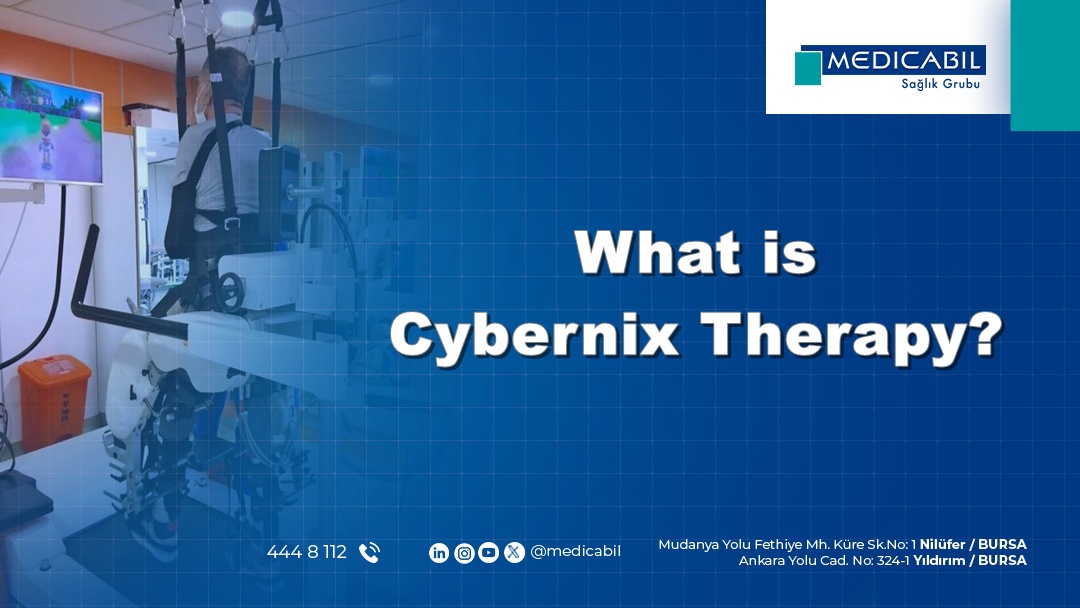 What is Cybernix Therapy?
What is Cybernix Therapy?
-
 What is Endometriosis (Chocolate Cyst)? What are the symptoms? How to Treat?
What is Endometriosis (Chocolate Cyst)? What are the symptoms? How to Treat?
-
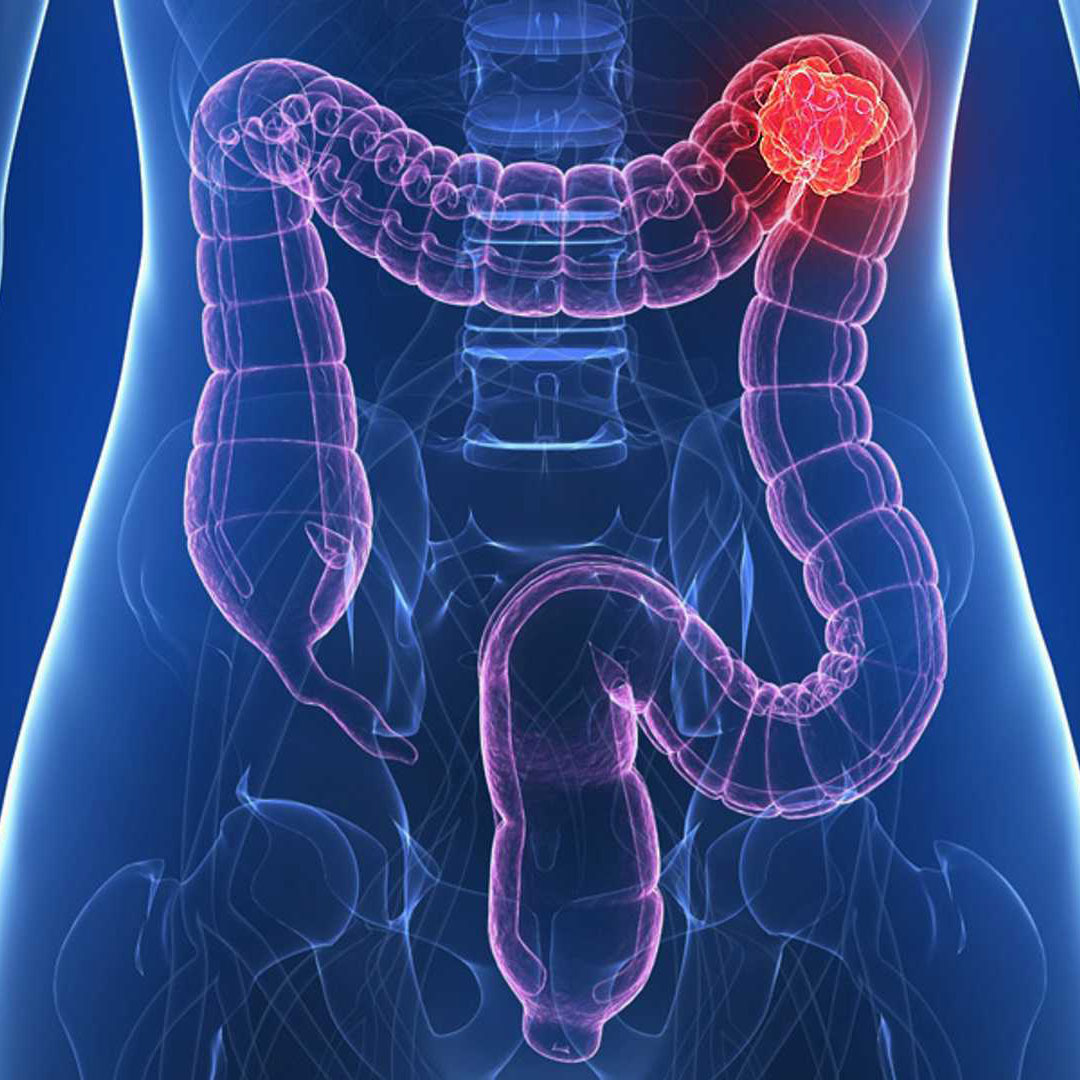 Colon Cancer (Symptoms, Stages, Treatment)
Colon Cancer (Symptoms, Stages, Treatment)
-
 Influenza (Flu) in Children
Influenza (Flu) in Children
-
 Stomach Cancer Symptoms and Treatment Methods
Stomach Cancer Symptoms and Treatment Methods
-
 What is Lymph Node Swelling? What Are The Reasons?
What is Lymph Node Swelling? What Are The Reasons?
-
 When to Use Antibiotics? What are the side effects? What is Antibiotic Resistance?
When to Use Antibiotics? What are the side effects? What is Antibiotic Resistance?
-
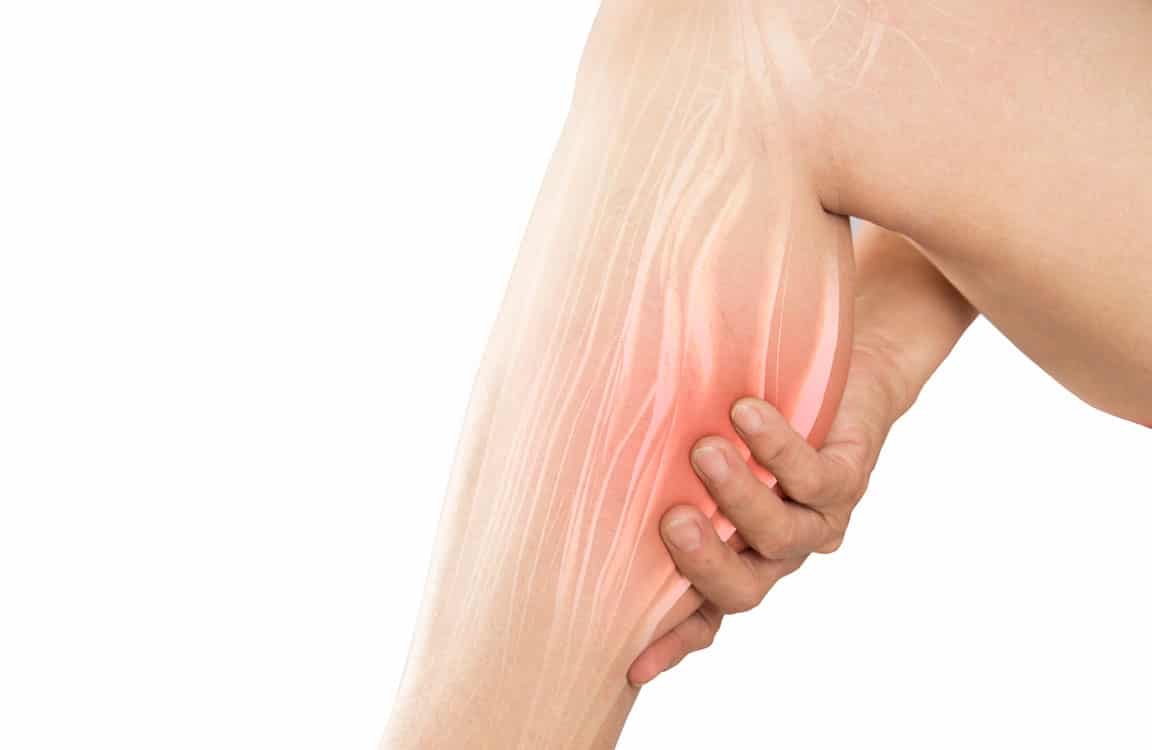 What is Muscle Spasm?
What is Muscle Spasm?
-
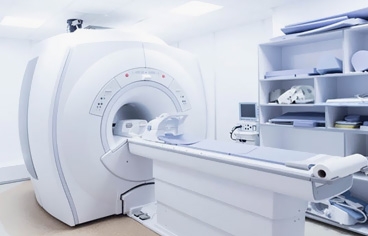 What is MRI? How to Take an MRI with Medication? Is It Harmful?
What is MRI? How to Take an MRI with Medication? Is It Harmful?
-
 What are the Causes of Diarrhea and Vomiting? How to Treat?
What are the Causes of Diarrhea and Vomiting? How to Treat?
